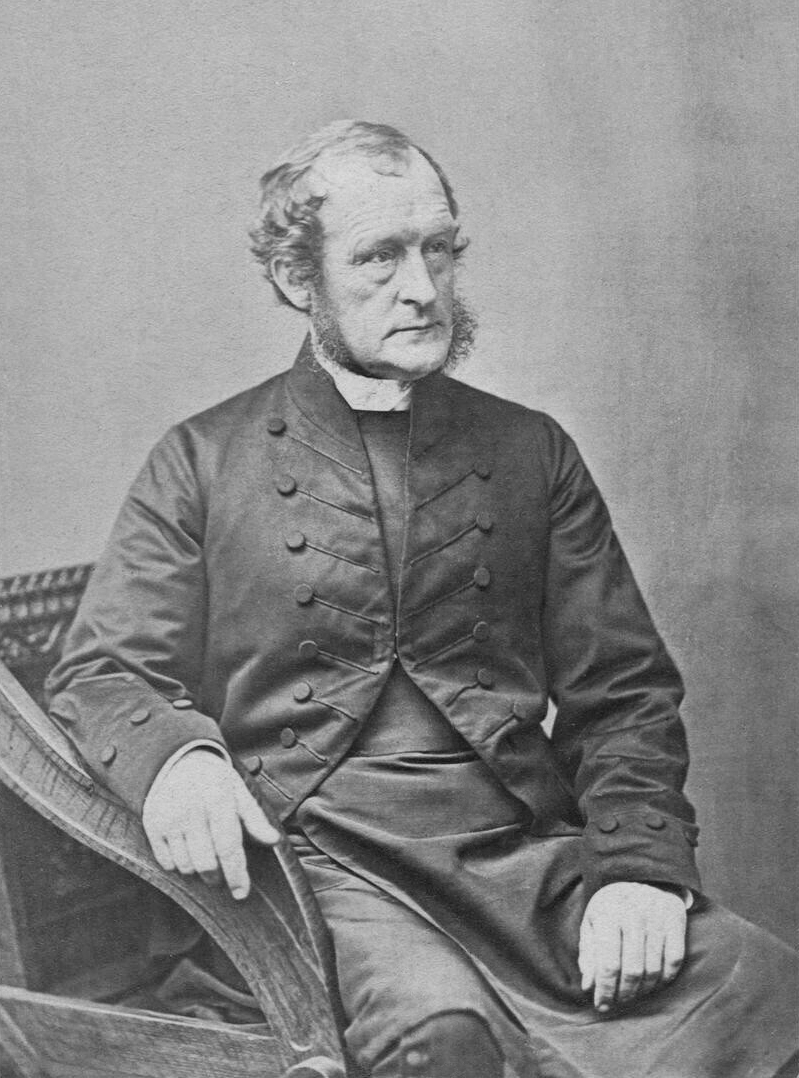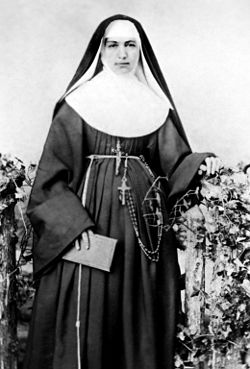Hello all,
I know at least some of you saw my "Saint(s) of the Day" thread in the Eastern Orthodox subforum. After getting some good advice from Gaurya Priya, I've decided to bring this into the General Christianity DIR, and open up this thread to the Saints commemorated on each day by all of the Christian churches, not just the Eastern Orthodox.
If your church commemorates a Saint that isn't posted on this thread for today, or whatever day it happens to be, feel free to post the name of the Saint and a short bio about them, so that over time we can start to get an idea of some of the holy people that follow Christ, and what their walk with God looked like!
So, for example, say that it's March 17th (St. Patrick's Day) and St. Patrick isn't posted on here, but other Saints are, you can feel free to go right on ahead and post some information about St. Patrick.
For today;
The Holy Apostles of the Seventy Herodion, Agabus, Rufus, Asyncritus, Phlegon, and Hermes
Reading from the Synaxarion:
The Apostle Herodion, whom Saint Paul mentions in his Epistle to the Romans (16:11) and calls his "kinsman," was ordained presbyter and then Bishop of New Patras, where he was slain by Jews and pagans. Saint Agabus is mentioned in Acts 21:10-11, where he prophesied Saint Paul's arrest in Jerusalem at the hands of the Jewish leaders. In Acts 11:27-28 it is mentioned also that this Saint foretold the great famine that would come to pass in the time of Claudius Caesar. Having preached the Gospel throughout various regions, he departed to the Lord. The Apostle Rufus became Bishop of Thebes in Greece. The Apostles Asyncritus and Phlegon preached Christ in many places, suffered many afflictions at the hands of the pagans and Jews, and departed unto the Lord. The Apostle Hermes is mentioned with them in the Epistle to the Romans (16:13-14).
Lord Jesus Christ, Son of the living God, through the prayers of Your Saints, have mercy on us and save us!
I know at least some of you saw my "Saint(s) of the Day" thread in the Eastern Orthodox subforum. After getting some good advice from Gaurya Priya, I've decided to bring this into the General Christianity DIR, and open up this thread to the Saints commemorated on each day by all of the Christian churches, not just the Eastern Orthodox.
If your church commemorates a Saint that isn't posted on this thread for today, or whatever day it happens to be, feel free to post the name of the Saint and a short bio about them, so that over time we can start to get an idea of some of the holy people that follow Christ, and what their walk with God looked like!
So, for example, say that it's March 17th (St. Patrick's Day) and St. Patrick isn't posted on here, but other Saints are, you can feel free to go right on ahead and post some information about St. Patrick.
For today;
The Holy Apostles of the Seventy Herodion, Agabus, Rufus, Asyncritus, Phlegon, and Hermes
Reading from the Synaxarion:
The Apostle Herodion, whom Saint Paul mentions in his Epistle to the Romans (16:11) and calls his "kinsman," was ordained presbyter and then Bishop of New Patras, where he was slain by Jews and pagans. Saint Agabus is mentioned in Acts 21:10-11, where he prophesied Saint Paul's arrest in Jerusalem at the hands of the Jewish leaders. In Acts 11:27-28 it is mentioned also that this Saint foretold the great famine that would come to pass in the time of Claudius Caesar. Having preached the Gospel throughout various regions, he departed to the Lord. The Apostle Rufus became Bishop of Thebes in Greece. The Apostles Asyncritus and Phlegon preached Christ in many places, suffered many afflictions at the hands of the pagans and Jews, and departed unto the Lord. The Apostle Hermes is mentioned with them in the Epistle to the Romans (16:13-14).
Lord Jesus Christ, Son of the living God, through the prayers of Your Saints, have mercy on us and save us!






